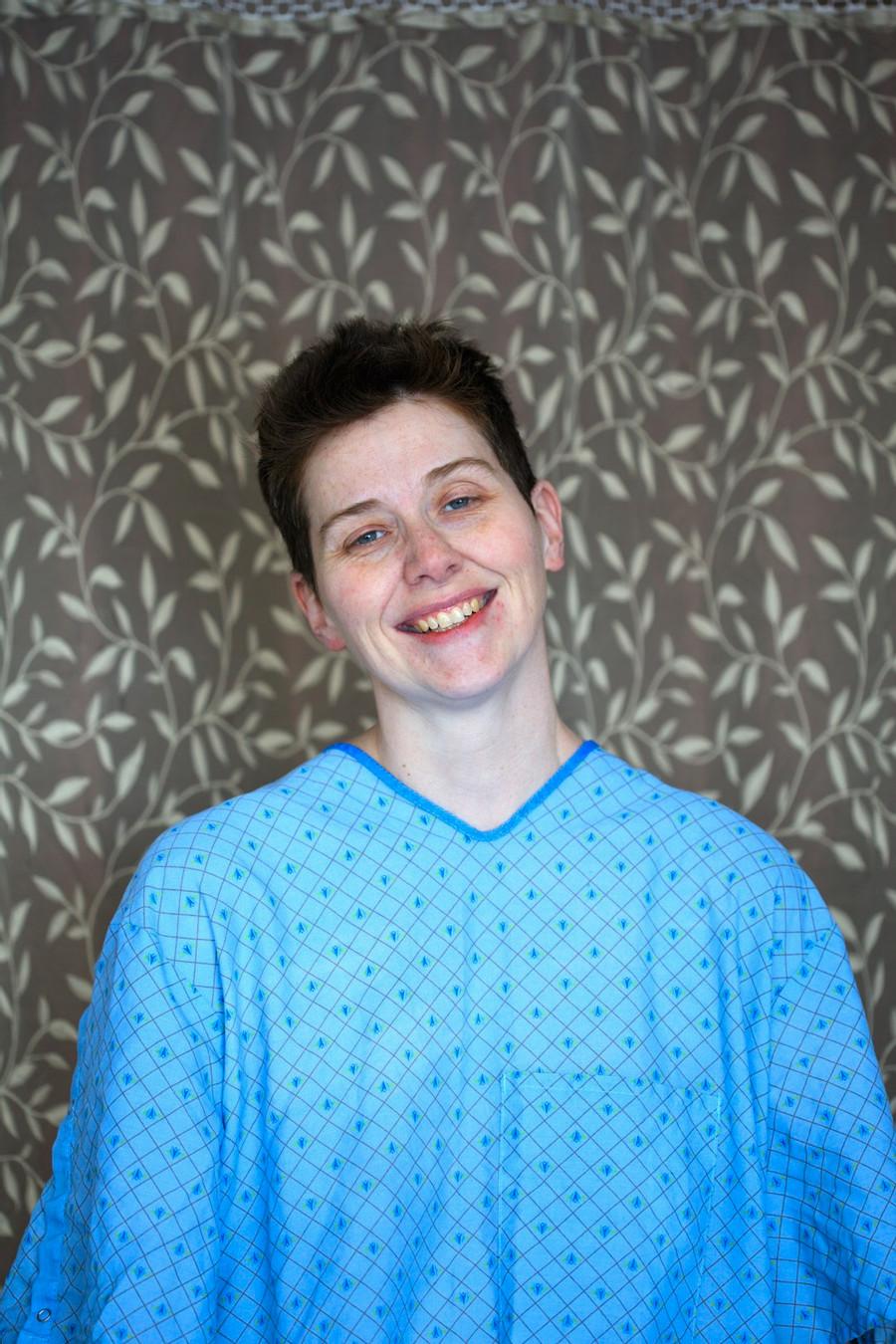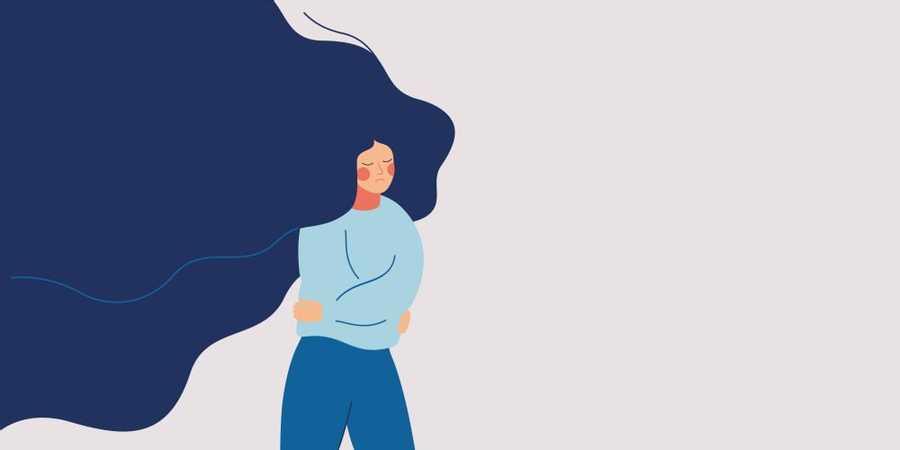Recovery
Recovery is clinically defined as the absence of symptoms for at least 4 months following the onset of remission. Recovery presents with periods of improvement and growth as well as with setbacks and stumbling blocks. So, essentially, you'll have good days and you'll have bad days. It's important to monitor your depressive disorder by being mindful about your physical and emotional experiences - along with many of the other tools and techniques you've learned in psychotherapy. Also, it's vital to keep up with your medication if that's part of your treatment plan.
10
88 reads
The idea is part of this collection:
Learn more about mentalhealth with this collection
How to communicate effectively with difficult people
How to handle conflict
How to stay calm under pressure
Related collections
Similar ideas to Recovery
Persistent depressive disorder (PDD)
People might experience brief periods of not feeling depressed, but this relief of symptoms lasts for two months or less.
While the symptoms are not as severe as major depressive disorder, they are pervasive and long-lasting.
PDD symptoms include:
- Feelings...
The stumbling blocks preventing you from challenging perfectionism
- Adopting such a rigid commitment that if you fail, you'll quit.
- Beginning with a goal that's too hard or too big.
- Going at your goal alone without accepting help.
- Dealing with the fear and shame of giving up your persona.
Atypical depression
Atypical depression is a type of depression that does not follow what was thought to be the "typical" presentation of the disorder.
In general, people with atypical depression experience similar symptoms as those with major depressive disorder (MDD) but with one crucial difference:...
Read & Learn
20x Faster
without
deepstash
with
deepstash
with
deepstash
Personalized microlearning
—
100+ Learning Journeys
—
Access to 200,000+ ideas
—
Access to the mobile app
—
Unlimited idea saving
—
—
Unlimited history
—
—
Unlimited listening to ideas
—
—
Downloading & offline access
—
—
Supercharge your mind with one idea per day
Enter your email and spend 1 minute every day to learn something new.
I agree to receive email updates

